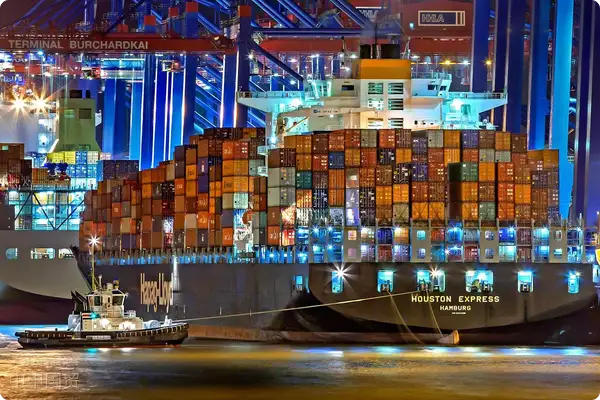- Shanghai Zhongshen International Trade Co., Ltd. - Two decades of trade agency expertise.
- Service Hotline: 139 1787 2118

Contents
ToggleThe Strategic Value of Import Equipment Agency Selection
In the global trade landscape of 2025, import equipment agency companies bear the responsibility of...Breakthrough of technical barriers.andCompliance Risk ControlThe dual mission. When selecting partners, enterprises should focus on three core factors: the technical analytical capability for HS code classification, hands-on experience in handling the import filing of electromechanical products, and the responsiveness to updates in EU CE certification.
Six Key Criteria for Selecting an Agency
Based on the World Customs Organization's 2025 Trade Facilitation Indicators, it is recommended to adopt a tiered evaluation system:
- Basic Qualification Layer
- Customs AEO certification status (priority given to advanced certified enterprises)
- SpecificEquipment ImportsQualifications (e.g.Medical EquipmentMust have CFDA filing)
- Years of industry service (recommended no less than 5 full fiscal years)
- Business Capability Layer
- Customs team configuration (the ratio of machine inspection equipment engineers to customs declarers ≥1:3)
- Document processing time (from proforma invoice to customs clearance and release ≤72 hours).
- Emergency Response Case Database (must provide 3 real risk mitigation cases)
Industry Adaptability Assessment Model
There are significant differences in the competency requirements for agencies across different types of equipment:
- Precision Instruments Category: Focus on Constant Temperature and Humidity Transport Solutions
- Industrial equipment category: Focus on the success rate of import license processing
- Medical equipment category: Request FDA/CE certification update tracking system
Cost-benefit analysis framework
Establish a Three-Dimensional Evaluation Model to Avoid Hidden Costs:
- Explicit Costs: Agency fee benchmark (industry average 0.8%-1.2% of cargo value)
- Time Cost: Demurrage cost control capability (target <$120/day)
- Risk cost: Compliance margin ratio (recommended ≤15%)
Practical case analysis
Case 1: Import of Semiconductor Equipment
A wafer fab introduced Dutch lithography systems in 2025. Through the pre-classification dispute resolution solution, the agency company split and declared the equipment components, reducing tariff costs by 12.7%. Additionally, they coordinated with shipping companies to customize shockproof containers, keeping the transportation loss rate below 0.3%.
Case 2: Introduction of Medical Imaging Equipment
To comply with the new FDA regulations, our professional agency team has established a three-tier early warning mechanism: 90-day advance notice for registration renewal, 45-day completion of testing report updates, and a 7-day emergency document supplementation channel, ensuring the $2.5 million equipment is deployed for clinical use as scheduled.
Risk prevention and control system construction
- Special Agreement Terms of the Contract
- Division of Responsibilities for Handling Tariff Disputes
- Accountability for Translation Errors in Technical Documentation
- Pre-shipment Inspection (PSI) Exemption Clause
- Dynamic Assessment Mechanism
- 季度通關(guān)數(shù)據(jù)對(duì)標(biāo)分析
- 年度合規(guī)審計(jì)(參照ISO 28000標(biāo)準(zhǔn))
- 應(yīng)急預(yù)案演練(每年≥2次)
Application of Decision Support Tools
It is recommended to use a decision matrix for quantitative evaluation:
- Weight allocation (qualifications 20%, experience 30%, cost 25%, risk 25%)
- Scoring details (e.g., AEO certification earns 8 points, each industry case earns 2 points)
- Threshold setting (a total score below 75 points suggests re-tendering)
The essence of selecting an import equipment agent is to establishStrategic-level supply chain partnershipIt is recommended that enterprises establish a cross-departmental evaluation team comprising technical, customs, and financial personnel, utilizing the structured assessment tool provided in this article to complete partner optimization within a 3-6 month cycle. The ultimate goal is to achieve an improvement of reducing equipment introduction cycles by over 20% and lowering compliance costs by 15%.
Related Recommendations
? 2025. All Rights Reserved. Shanghai ICP No. 2023007705-2  PSB Record: Shanghai No.31011502009912
PSB Record: Shanghai No.31011502009912










